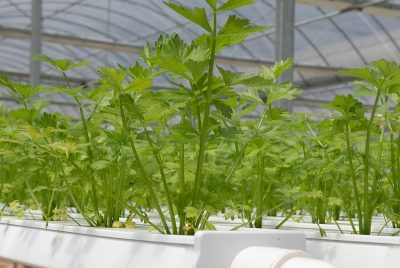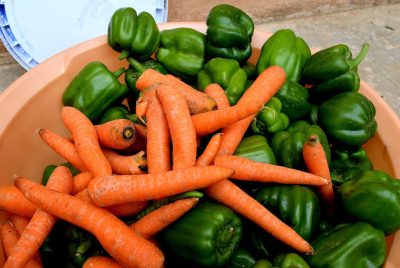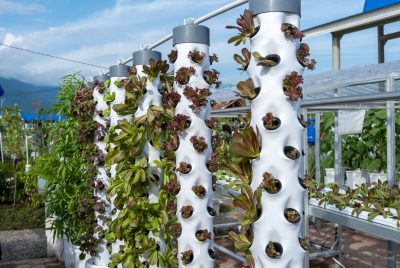What Is Hydroponics?
Introduction to Hydroponics
Have you ever wondered if you could grow plants without soil? It sounds futuristic, right? But that’s exactly what hydroponics is all about. This innovative method of gardening is transforming how we grow food, making it more efficient, sustainable, and, dare I say, magical.
The Basics of Hydroponics
Definition of Hydroponics
Hydroponics is a method of growing plants using nutrient-rich water instead of soil. Think of it as the VIP treatment for your plants—they get all the nutrients they need directly, without having to dig around in the dirt.
Why Choose Hydroponics?
Why should you consider this method? For starters, it’s clean, efficient, and perfect for those of us who love gardening but hate dealing with messy soil. Plus, it’s a game-changer for urban spaces where traditional gardening might not be feasible.
How Does Hydroponics Work?
Essential Components
To get started with hydroponics, you need a few key elements:
Growing Mediums
Instead of soil, plants are supported by materials like coconut coir, perlite, or clay pellets. These mediums provide stability while allowing roots to access water and nutrients easily.
Nutrient Solutions
This is the lifeline of hydroponics. A carefully balanced solution of essential nutrients is mixed with water to nourish the plants. This is not the same as using fish to produce your nutrients for your plants. That is called aquaponics.
Lighting Systems
In the absence of natural sunlight, artificial lights like LEDs are used to provide the right spectrum for photosynthesis.
Types of Hydroponic Systems
Wick System
This simple system uses a wick to draw nutrient-rich water to the plant roots. It’s beginner-friendly and low-maintenance.
Deep Water Culture (DWC)
In DWC, plant roots are submerged in oxygenated nutrient water. It’s great for growing leafy greens and herbs.
Nutrient Film Technique (NFT)
NFT involves a thin film of nutrient solution flowing continuously over plant roots. It’s efficient but requires precision.
Aeroponics
Here, plant roots are suspended in the air and misted with nutrient water. It’s high-tech and ideal for maximizing oxygen exposure.
Ebb and Flow
This system floods the growing area with nutrient water at intervals, then drains it away. It’s versatile and works for a wide range of plants.
Advantages of Hydroponics
Space-Saving Benefits
This method takes up less space compared to traditional gardening. Vertical setups let you grow more in smaller areas.
Efficient Water Usage
Hydroponic systems use up to 90% less water than soil gardening. The water is recirculated, making it incredibly eco-friendly.
Faster Growth Rates
Plants grow faster because they receive direct access to nutrients and oxygen. It’s like putting them on a growth-boosting treadmill!
Pest and Disease Control
No soil means fewer pests and diseases. You can say goodbye to the constant battle with weeds and soil-borne pathogens.
Challenges of Hydroponics
Initial Setup Costs
The upfront investment for equipment can be pricey, especially for advanced systems.
Maintenance Requirements
Hydroponics requires regular monitoring to maintain nutrient levels, pH, and system cleanliness.
Technical Knowledge Needed
There’s a learning curve, but once you understand the basics, it becomes much easier to manage.
Getting Started with Hydroponics
Choosing the Right System
Start small. A simple wick system or DWC is perfect for beginners. As you gain confidence, you can experiment with more complex setups.
Selecting Plants
Leafy greens like lettuce, spinach, and herbs are ideal for beginners. They’re forgiving and grow quickly.
Tips for Beginners
- Research thoroughly before starting.
- Test your water quality and pH regularly.
- Start with easy-to-grow plants to build confidence.
Hydroponics vs. Traditional Soil Gardening
Key Differences
Hydroponics eliminates soil, while traditional gardening depends on it. This method is more controlled, while soil gardening can be unpredictable.
Which One Is Better?
It depends on your goals. Hydroponics is ideal for efficiency and sustainability, while soil gardening offers a more traditional, hands-on experience.
Future of Hydroponics
Role in Urban Gardening
With increasing urbanization, hydroponics offers a way to grow food in cities, even in small apartments.
Sustainable Food Production
As we face challenges like climate change and population growth, this method could play a vital role in ensuring food security.
Conclusion
Hydroponics is more than just a gardening technique; it’s a glimpse into the future of sustainable agriculture. Whether you’re a seasoned gardener or a curious beginner, this innovative method offers endless possibilities. So why not give it a try? Your plants will thank you!
FAQs
What plants grow best in hydroponics?
Leafy greens, herbs, strawberries, and tomatoes thrive in hydroponic systems.
Is hydroponics environmentally friendly?
Yes! It uses less water and space, making it a sustainable choice.
Do hydroponic systems need sunlight?
Not necessarily. You can use artificial grow lights to provide the needed light spectrum.
How much does it cost to start hydroponics?
Costs can range from $50 for a DIY setup to thousands for advanced systems.
Can beginners start with hydroponics?
Absolutely! Start small with a simple system like a wick or DWC setup.




